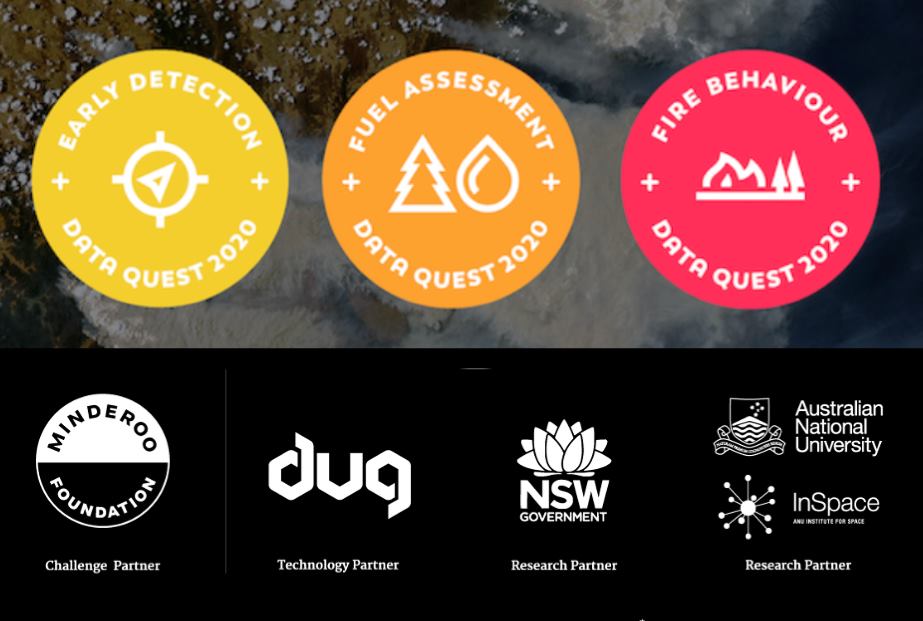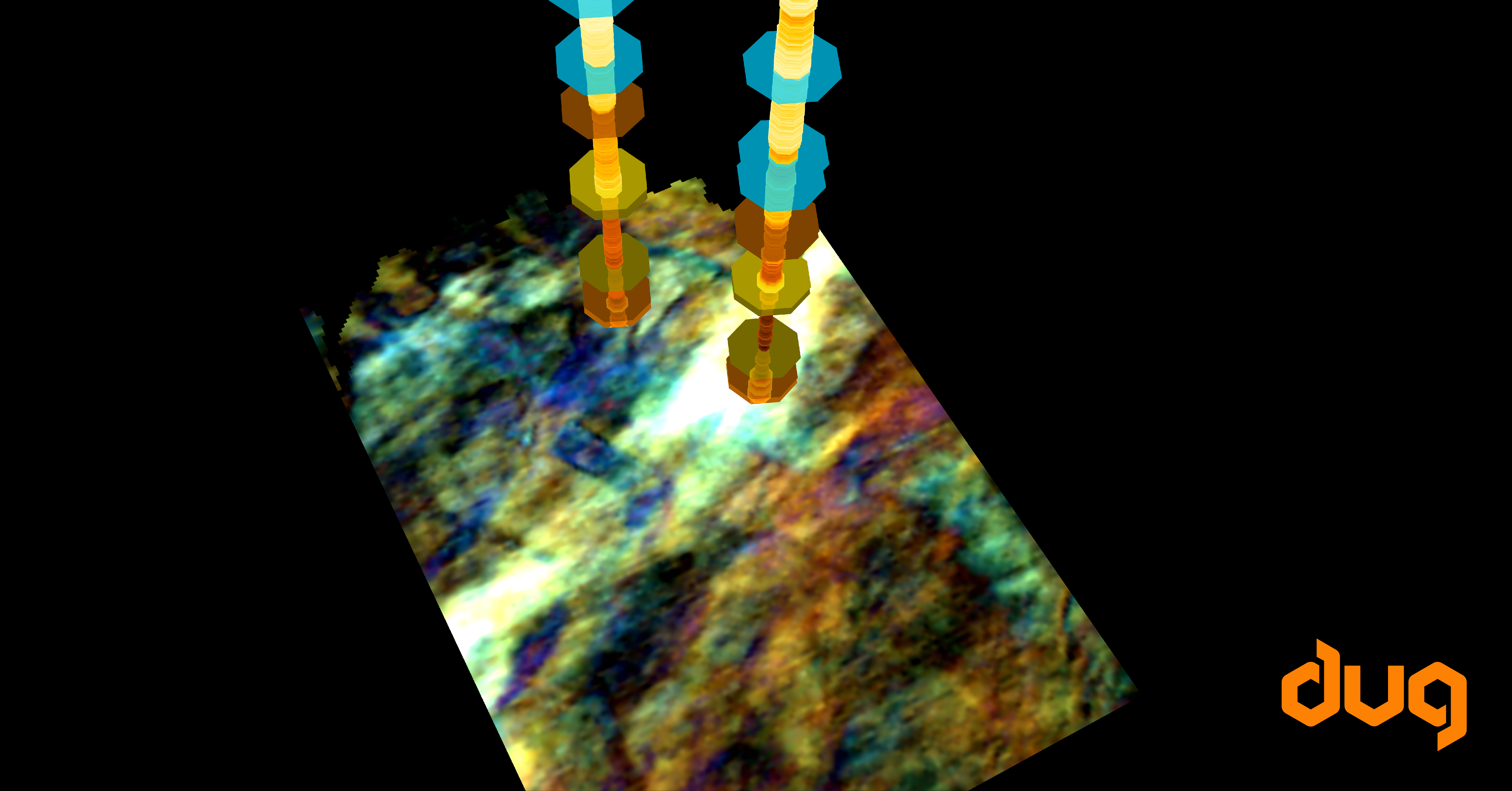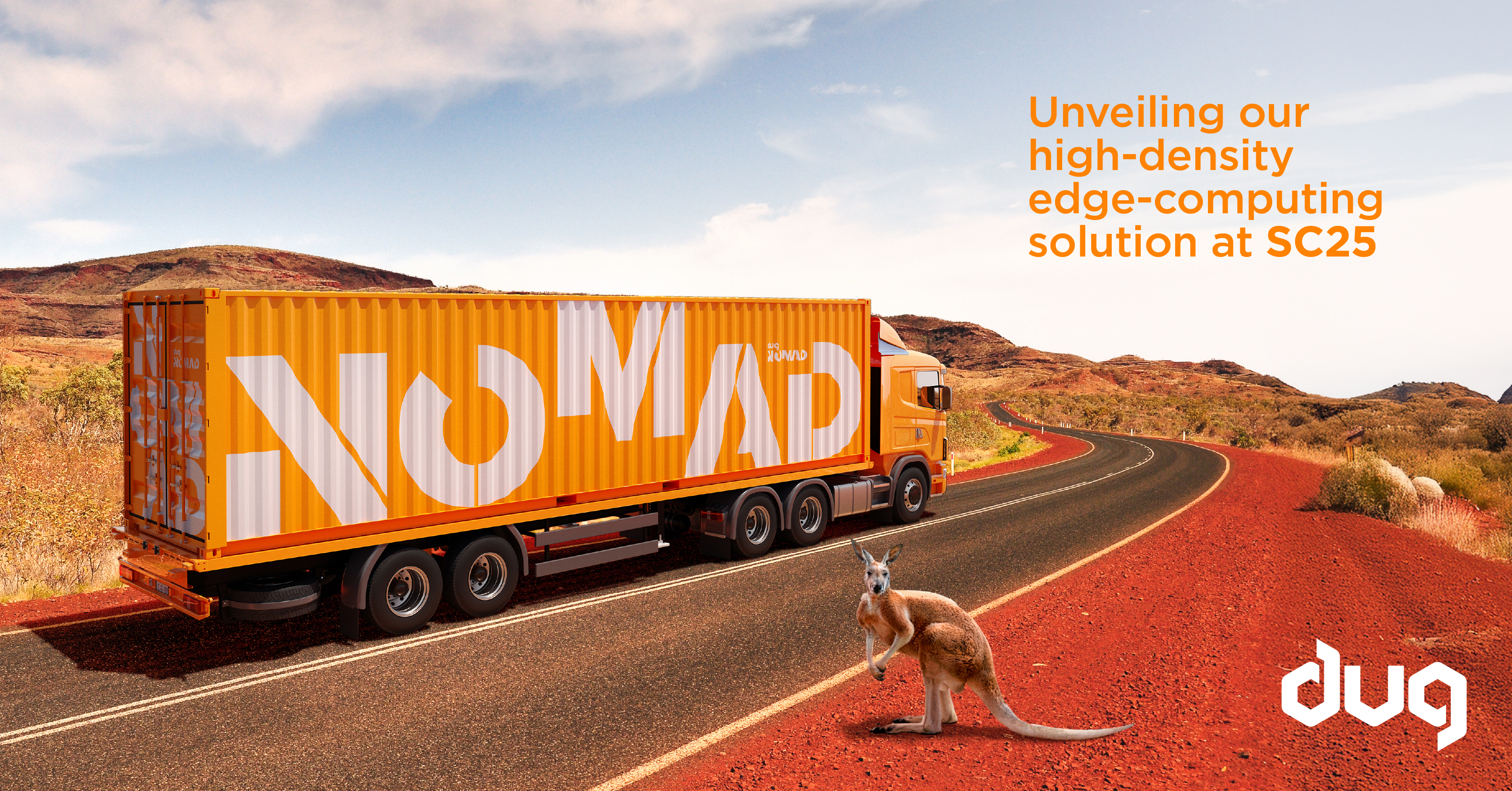Seven months after devastating bushfires ravaged parts of Australia, four teams of researchers are embarking on a seven-day challenge to find new ways to detect fires and predict their behaviour in a bid to save lives and property.
The Bushfire Data Quest 2020 is supported by universities and agencies including the Australian Space Agency, the NSW Government and the Minderoo Foundation, and will use the high-performance compute power of our networked supercomputers.
The aim of the Data Quest, which began this week on August 7, is to determine if AI, primed with data from multiple satellites and local sensor networks, can detect fires earlier, predict fire behaviour, and help emergency services respond more effectively to protect homes, people, and wildlife.
The Data Quest has access to data from public and private satellites, including new high-resolution images of fires from the last Australian fire season taken over several months using the latest satellite technology.
Our science and data experts will use our cloud-based DUG McCloud platform to support interdisciplinary research teams from bushfire research, machine learning and data science as they work to solve the challenges.
Bushfire Data Quest lead, Dr Cormac Purcell from Trillium Technologies, said the quest was based on seeing how machine learning as a tool can help to solve some of the challenges around bushfires. By making huge resources available to brilliant minds, the Data Quest aims to accelerate the research being done.
“Without the large amounts of compute and technical support that DUG is donating it wouldn’t be possible. It’s a key component,” Dr Purcell said.
Our Managing Director Matt Lamont said we are honoured to provide the technology platform that will be the launching pad of truly powerful thinking.
“The team is excited to be part of a collaboration of industry, technology, science, and research that will push the boundaries of conventional thinking in the quest to discover real solutions to improve our planet,” he added.
Predicting the behaviour of bushfires is difficult, made more complicated by factors such as fuel load, atmospheric conditions, soil moisture, and availability of water.
“We’re hoping for an additional leap forward in the research by using machine learning,” Dr Purcell said.
Research teams comprising of the brightest minds from New Zealand and Australia will examine three areas: fuel assessment, early detection, and fire behaviour.
The aim is to identify a prototype tool, or promising method, for each research area.
“With fuel assessment, it might be a better prototype to assess moisture content using satellite data, so there is a more frequent update to assess bushfire risk,” Dr Purcell said.
“The behaviour team is looking at providing earlier warnings of when fires turn extreme.
“Fires can travel at a walking pace, but something can happen in the environment to trigger change.
“One of the questions our researchers are addressing is can we give advance warning of this. An extra half an hour warning will change what a firefighter does.
“With fire detection, estimating the exact position of where a fire starts can be difficult.
“The real progress comes from private data sets that are being provided by Planet Labs.
“It will show the promise of what we can do with this next generation of satellite data and inform Australia’s future direction in space.”




































